Published in 2019 by The New York Times Educational Publishing in association with The Rosen Publishing Group, Inc.
29 East 21st Street, New York, NY 10010
Contains material from The New York Times and is reprinted by permission. Copyright 2019 The New York Times. All rights reserved.
Rosen Publishing materials copyright 2019 The Rosen Publishing Group, Inc. All rights reserved. Distributed exclusively by Rosen Publishing.
First Edition
The New York Times
Alex Ward: Editorial Director, Book Development Phyllis Collazo: Photo Rights/Permissions Editor Heidi Giovine: Administrative Manager
Rosen Publishing
Megan Kellerman: Managing Editor Julia Bosson: Editor Greg Tucker: Creative Director Brian Garvey: Art Director
Cataloging-in-Publication Data
Names: New York Times Company.
Title: The gender pay gap: equal work, unequal pay / edited by the New York Times editorial staff.
Description: New York : New York Times Educational Publishing, 2019. | Series: In the headlines | Includes glossary and index. Identifiers: ISBN 9781642821185 (library bound) | ISBN 9781642821178 (pbk.) | ISBN 9781642821192 (ebook)
Subjects: LCSH: Pay equityUnited StatesJuvenile literature. | Equal pay for equal workUnited StatesJuvenile literature. | Discrimination in employmentJuvenile literature. | Discrimination in employmentUnited StatesJuvenile literature. Classification: LCC HD6061.2.U6 G463 2019 | DDC 331.2'1530973dc23
Manufactured in the United States of America
On the cover: Despite legislation for equal pay, the gender pay gap persists; Spark Studio/Imagezoo/Getty Images.
CHAPTER 1
The Pay Gap Over the Decades
CHAPTER 2
The Pay Gap Across Industries
CHAPTER 3
The Economics of the Pay Gap
CHAPTER 4
Solving the Pay Gap
CHAPTER 5
The Pay Gap Abroad
Introduction
each april , activists across the country celebrate an unusual holiday: Equal Pay Day, the date selected by the National Committee on Pay Equity that represents how much longer women have to work in order to equal what men earned the previous year. This disparity is known as the gender pay gap: In other words, when factoring in education level, work experience and seniority, women still earn less money than men do in the same position.
The gender pay gap has been an intractable fact of American life for as long as women have been a part of the workforce. In 1963, President John F. Kennedy signed the Equal Pay Act, an addendum to the Fair Labor Standards Act that had created minimum wage and overtime pay requirements. At the time, women made 59 cents for every dollar paid to their male counterparts. More than 50 years later, the wage gap has lessened but still persists: By the mid-1990s, women earned about 75 cents to a mans dollar. That number had not changed much by 2018, when experts put the amount closer to 80 cents to a mans dollar, although the figure changes when factors such as race, education level and gender identity are taken into account. This pay disparity exists across nearly every industry, from the red carpets of Hollywood to the hallways of hospitals, resulting in a significant lifetime disparity in wealth between the genders.
But what causes the gender pay gap? And how can it be resolved? These questions are not always so clear cut. Experts can agree that one major cause for the gender pay gap comes from the consequences of motherhood on a womans career. Without a maternity leave package in place that protects a womans position, a woman will be forced to decide between her job and a family. Many experts also emphasize the importance of paid paternity leave to ease the burden on mothers.

Lilly Ledbetter, whose struggle for pay equal to that of her male co-workers inspired the Fair Pay Act of 2009, introduces President Barack Obama at the White House in Washington on April 8, 2014.
But the roots of the wage gap are more complicated than just parenthood. Social theorists suggest it might be a consequence of ingrained sexism in society. Men are more likely to negotiate higher salaries and to ask for raises, while many women fear that asking for more money will make them seem less likable.
In Washington, action to counteract the wage gap has been mixed. In 2007, the Supreme Court ruled on a case brought by Lilly Ledbetter, a former employee of the Goodyear Tire and Rubber factory who learned that she was paid less than her sixteen male colleagues, including those with less seniority. In a 5-4 decision, the Supreme Court found that she had waited too long to bring the complaint to court, reducing the ability of plaintiffs to sue for wage discrimination. Barack Obama made equal pay a signature issue of his 2008 campaign, and in January of 2009, the Lilly Ledbetter Act was the first bill he signed as president.
Wage discrimination lawsuits remain famously difficult to prosecute. As a result, companies, activists and legislators have developed creative solutions. In some industries, executives have made salary information public and allowed employees to discuss wages openly. In Massachusetts in 2016, Governor Charlie Baker signed a bill making it illegal for employers to ask an applicants salary in a job interview, requiring them to state a compensation up front based on the employees potential worth to the company. The goal behind this legislation is to ensure that the historically low wages often assigned to women and minorities dont follow them for their entire careers.
Ultimately, the wage gap is not just an American issue. A gender-based disparity exists across many Western nations, from Iceland to Britain to Australia. But as many of the experts in this book attest, the first step to combatting this issue is understanding its impact. The New York Times continues to highlight the struggle to bridge the wage gap. With these articles, we can envision a world in which equal work will bring equal pay.
CHAPTER 1
The Pay Gap Over the Decades
By the early 1980s, women earned about 65 cents for every dollar men earned, only about a six-cent improvement since the Equal Pay Act went into effect on June 10, 1964. The gap shrank to about 75 cents over the next 15 years, but employers found ways to continue to underpay women, partly because women tended to work in lower-paid industries. The articles in this chapter demonstrate how progress on pay equity was halting and inconsistent in the decades after the Equal Pay Act was passed.
Law in Effect Today Bans Job Discrimination Based on Sex
BY DAMON STETSON | JUNE , 1964
a new law prohibiting wage discrimination throughout the nation on the basis of sex will go into effect tomorrow.
Although the law was designed primarily to protect women from discriminatory pay practices, it gives the same protection to men.
The measure, known as the Equal Pay Act of 1963, amends the Fair Labor Standards Act and applies nationally to about 27.5 million employees, including 7.4 million women.
A recent survey by Prentice-Hall, publishers of a personnel management service, indicated that most companies already had or would adjust sex-based differentials by increasing womens rates or by transferring male employees to other jobs. In the future, the survey showed, many companies may segregate male and female job classifications.

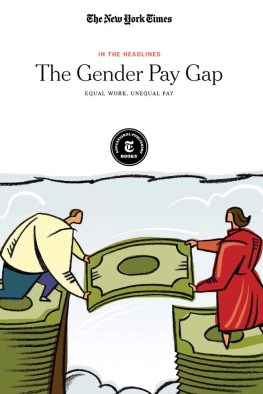
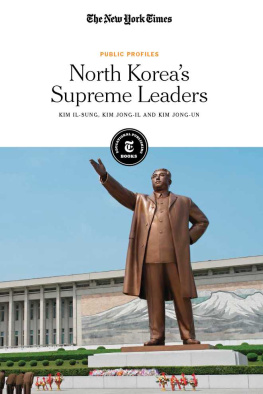

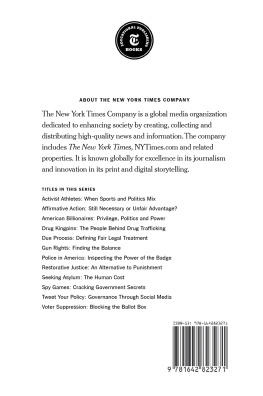
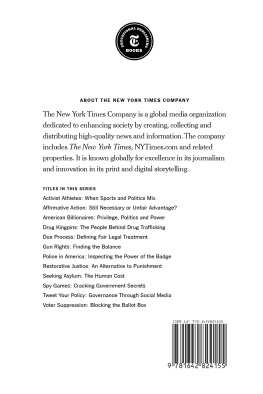
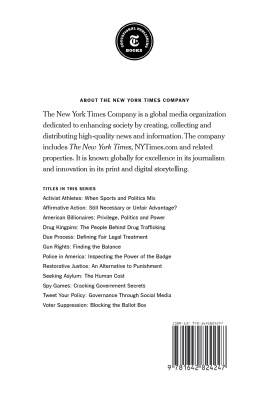



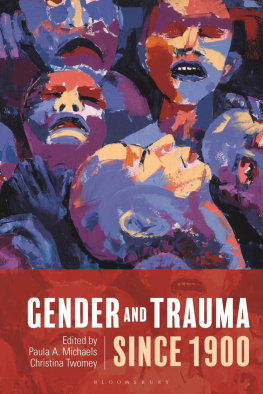




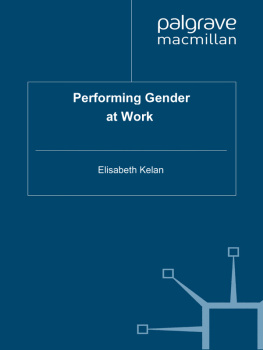

.jpg)
.jpg)
